
Prophetic Warning: Pastor Links Specific Date to Onset of ‘Chaos and Destruction’

A Date, a Vision, and a Viral Prophecy: Why We Can’t Stop Predicting the End of the World
A date has been set. A warning has been issued. And once again, the internet is ablaze with apocalyptic speculation. According to a prophecy now spreading across social media platforms, the world as we know it has an expiration date — and it’s approaching fast.
The claim comes from a charismatic pastor who says he received a direct vision from Jesus Christ himself. His words have ignited not only faith and fervor among his followers but also deep skepticism and heated debate among theologians, scientists, and everyday viewers.
Yet this story is about more than one man’s vision. It reveals something profound about human nature — our fascination with finality, our hunger for meaning in times of chaos, and the extraordinary power of digital media to amplify a single voice into a global phenomenon.
The Vision That Sparked a Global Countdown

At the center of this storm is Pastor Joshua Mhlakela, a preacher without a formal congregation but with an unmistakable presence. His appeal doesn’t come from a pulpit or a denomination but from his raw conviction and the intensity of his message.
According to Mhlakela, he experienced a vivid spiritual vision: “I saw Jesus sitting on his throne… He said to me, on the 23rd and 24th of September 2025, ‘I will come back to take my church.’” The statement, first shared in a YouTube interview, spread like wildfire, amplified by countless reaction videos, podcasts, and comment threads dissecting every word.
What made his claim magnetic was its specificity. Unlike vague prophecies, this one named precise dates — forcing a binary reaction: either he will be right, or the prophecy will fail spectacularly. His urgent appeal, “The Rapture is upon us, whether you are ready or not,” struck a chord with many who see the world’s growing turmoil as a sign of divine intervention.
The story gained even more momentum when Jonathan Cahn, a popular American author and Messianic rabbi, pointed out that Mhlakela’s chosen date coincides with Rosh Hashanah, the Jewish Feast of Trumpets. This connection electrified believers: in Christian eschatology, the trumpet is the sound that heralds Christ’s return. The symbolism — the shofar’s blast, the new year, the promise of renewal — made the vision feel biblically charged and historically meaningful.
In today’s algorithm-driven world, that connection was enough. A single viral clip can turn a once-obscure preacher into a household name, bypassing religious institutions entirely. Authority is measured not by theology, but by views, shares, and the emotional punch of a message.
Why We’re Hooked on Doomsday Stories

So why do end-of-world predictions keep capturing our imagination? The answer lies in our need for order amid uncertainty. When society feels unstable — when wars, natural disasters, and political crises fill our screens — apocalyptic narratives offer a kind of structure. They make chaos seem purposeful.
Believing in a divine plan, even one that ends the world, can be strangely comforting. It turns random suffering into prophecy and personal struggle into preparation. Psychologists suggest that these beliefs often flourish in times of social anxiety — they offer belonging, direction, and a sense that one’s life plays a role in something much larger.
But what happens when the appointed day passes uneventfully?
That’s where cognitive dissonance comes in — the mental discomfort of realizing that our strongest beliefs might be wrong.
In a classic 1956 study, researchers joined a doomsday cult led by a woman who predicted Earth would be destroyed by floods. When nothing happened, most members didn’t lose faith. Instead, they claimed their devotion had saved the world. The stronger their prior belief, the harder it became to let go — a phenomenon tied to the sunk cost fallacy.
We see this today in online prophecy circles. People invest not only time and money but also identity into their faith. Admitting error feels like personal collapse, so they reinterpret the prophecy, set a new date, or claim it was “spiritual” rather than literal.
And then there’s confirmation bias — our tendency to seek only evidence that supports what we already believe. Social media supercharges this process. Algorithms feed users an endless stream of reinforcing content, creating echo chambers where fringe ideas can seem like universal truth.
Same Story, Different Date: A History of False Alarms

This latest prophecy may be trending on TikTok and YouTube, but history is littered with similar stories.
-
The Millerites (1844): Preacher William Miller gathered tens of thousands who believed the world would end on October 22, 1844. When it didn’t, the moment became known as The Great Disappointment. Yet the movement survived — evolving into the Seventh-day Adventist Church.
-
Edgar Whisenant (1988): A former NASA engineer wrote 88 Reasons Why the Rapture Will Be in 1988. When the world didn’t end, he recalculated — several times.
-
Harold Camping (2011): Using radio broadcasts and billboards, he warned of Judgment Day on May 21, 2011. Followers spent millions spreading the message. When it failed, he apologized and retired.
-
The 2012 Maya Apocalypse: Misinterpretations of the Mayan calendar led to global panic and Hollywood movies, proving that apocalyptic fascination crosses cultures and religions alike.
The pattern never changes: prediction, excitement, disappointment, and rationalization. What has changed is the speed — social media can now deliver a doomsday message to millions in hours.
“A Thief in the Night”: What Mainstream Churches Teach

Most major Christian denominations — Catholic, Orthodox, and Protestant — reject the idea of predicting specific dates for the end of the world. They view it as both theologically misguided and spiritually harmful.
The cornerstone verse is Matthew 24:36: “But concerning that day and hour no one knows, not even the angels of heaven, nor the Son, but the Father only.”
This is echoed in Acts 1:7, where Jesus tells his disciples, “It is not for you to know the times or dates the Father has set by his own authority.”
These passages form a clear warning: speculation about exact timing is futile. Instead, churches teach believers to live righteously every day — ready at any moment, without fear or obsession. When failed prophecies make headlines, religious leaders worry that the credibility of faith itself takes the hit.
Living Beyond the Countdown

In an age when sensational content spreads faster than facts, apocalyptic messages thrive. Fear is powerful — it gets attention, it drives engagement, and it can unite people around a shared sense of urgency. But that very power makes it dangerous.
The healthiest response isn’t to mock or blindly follow, but to step back and ask hard questions:
Who benefits from spreading this message?
What evidence supports it?
And what emotional needs might it be fulfilling?
Across cultures and belief systems, wise voices often point to the same lesson — don’t waste life preparing for the end; live with purpose now. Be kind, pursue meaning, and contribute to the good of others.
Perhaps the true “rapture” is not a cosmic event at all, but a transformation of how we live day to day — choosing compassion over fear, truth over panic, and integrity over illusion.
After all, the best way to prepare for an unknown future may simply be to live a good, honest life today.
News in the same category


What to Do If Your Child Is Bitten by a Strange Bug

If you're caught Googling these four words Police may show up at your house

Fascinating animation reveals exactly how gas pumps know when to stop pouring gas
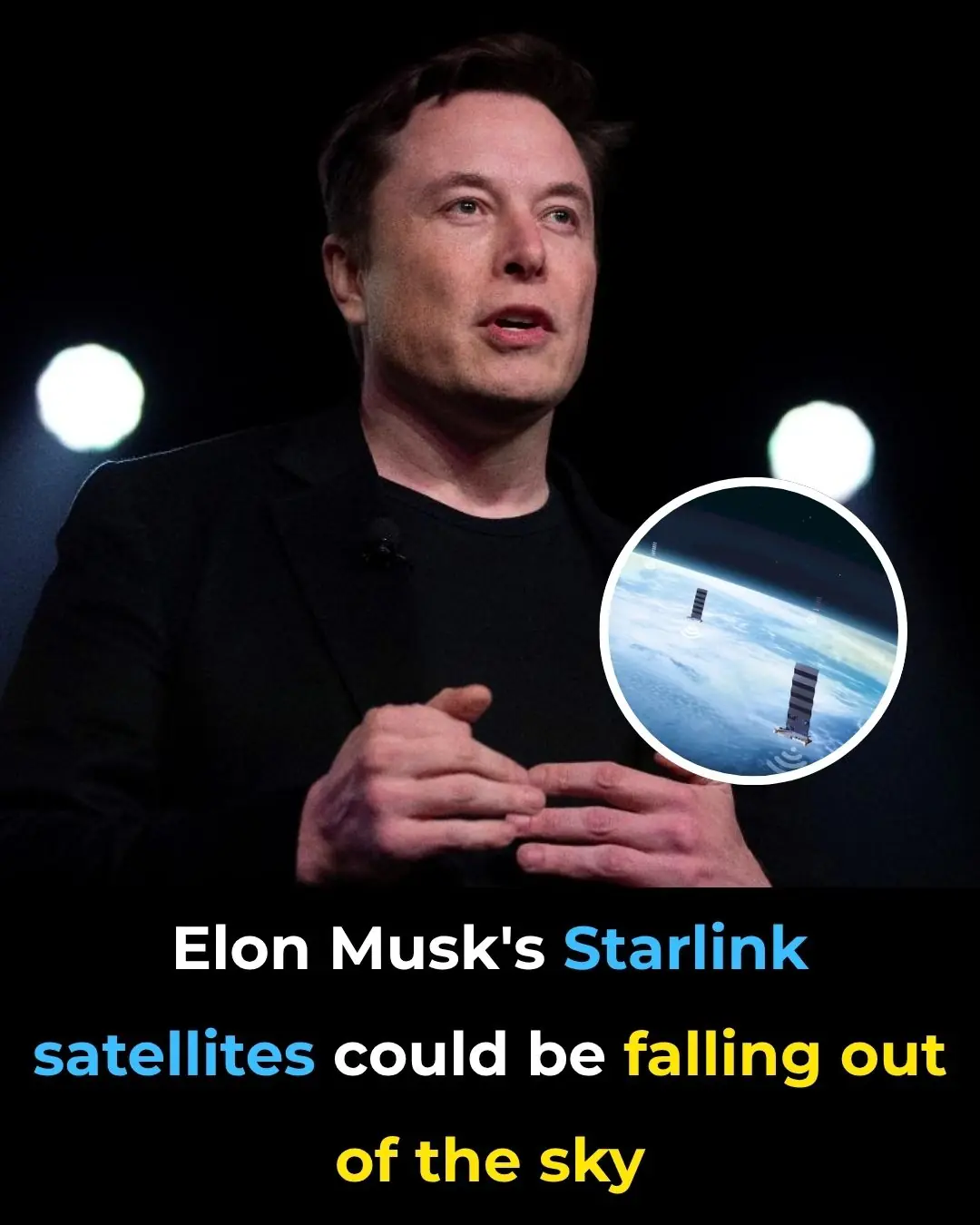
Elon Musk's Starlink satellites could be falling out of the sky
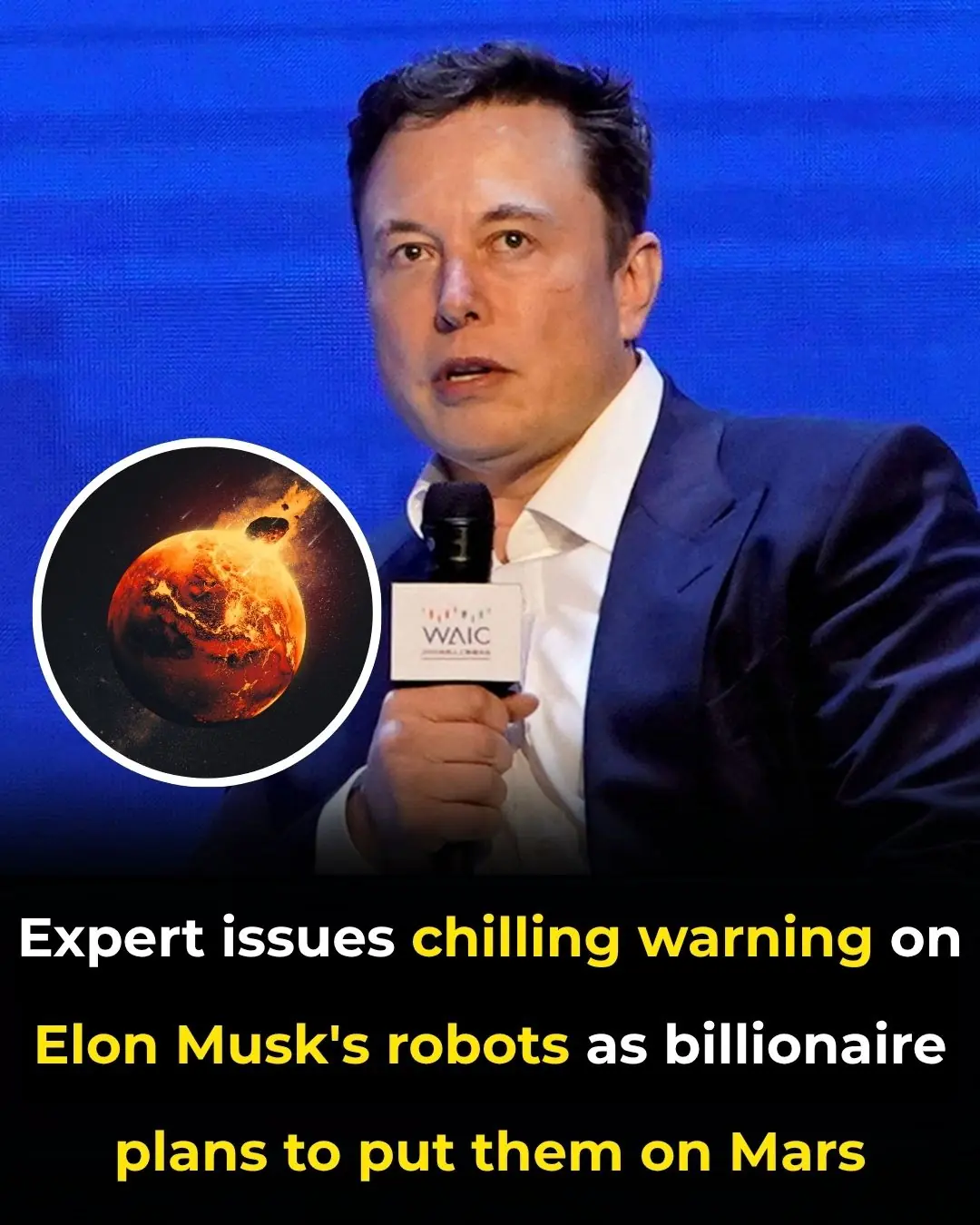
Expert issues chilling warning on Elon Musk's robots as billionaire plans to put them on Mars

Jeff Bezos sent a secret tourist into space and their identity is set to be revealed
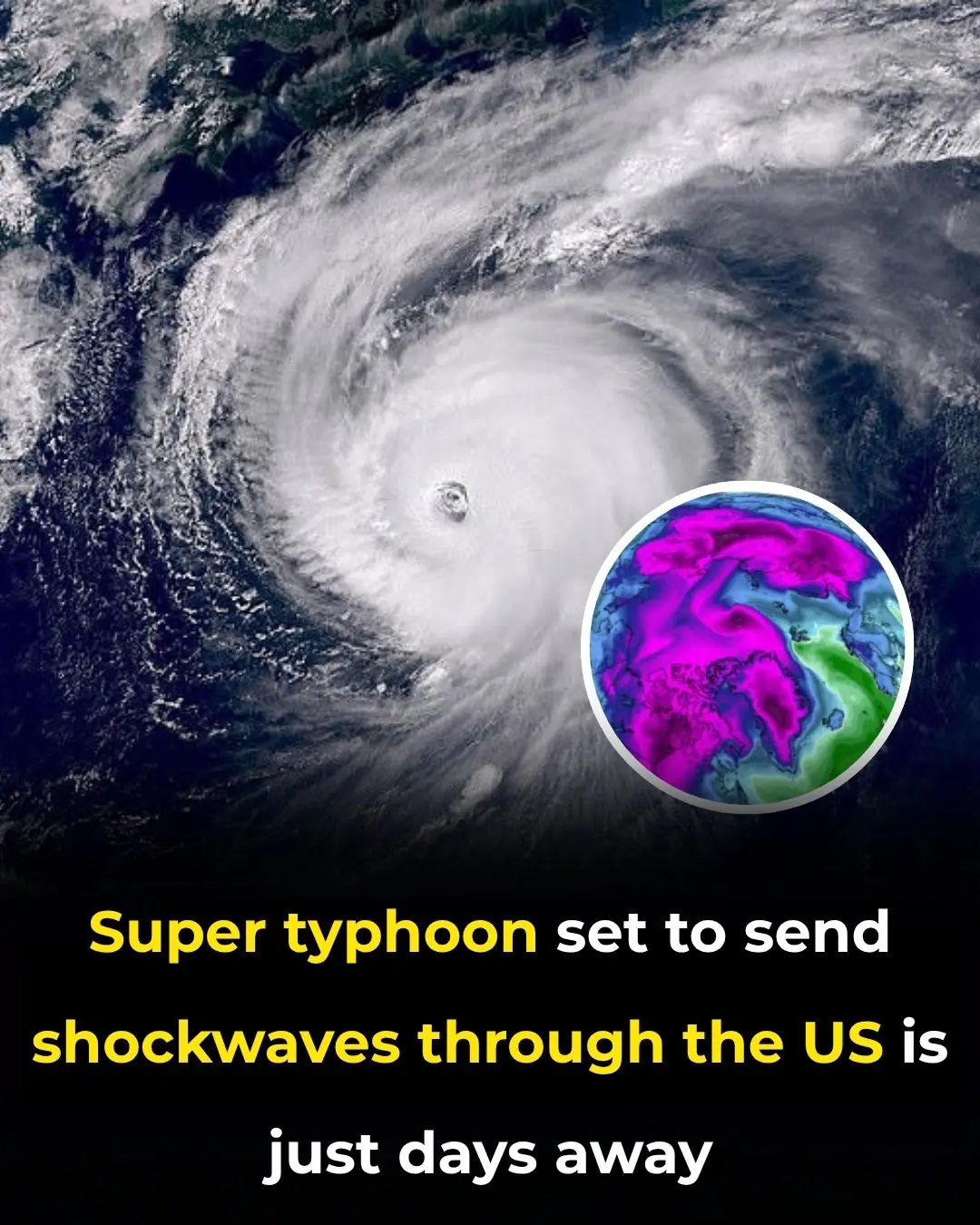
Super typhoon set to send shockwaves through the US is just days away
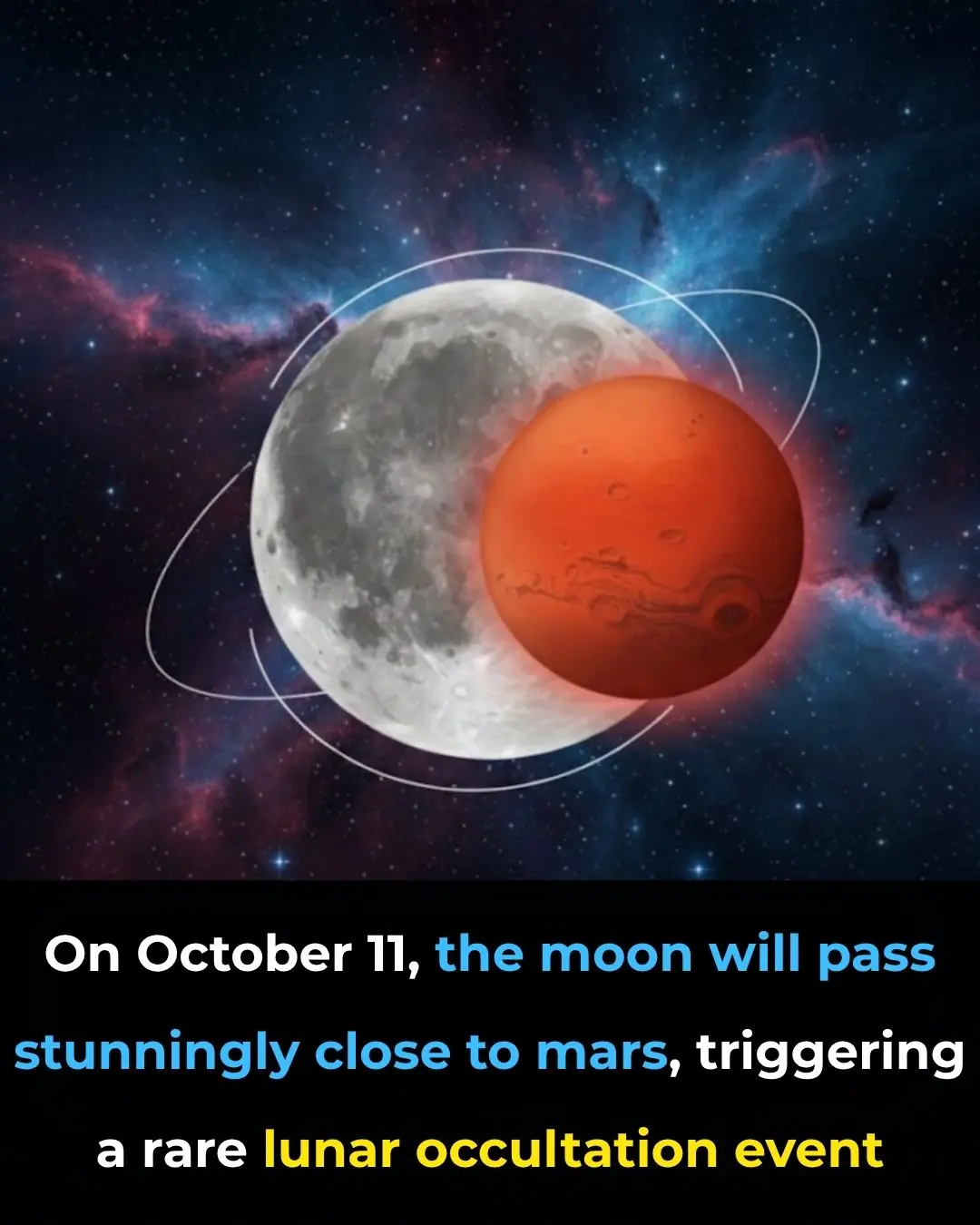
Moon Meets Mars: A Dazzling Celestial Encounter on October 11, 2025
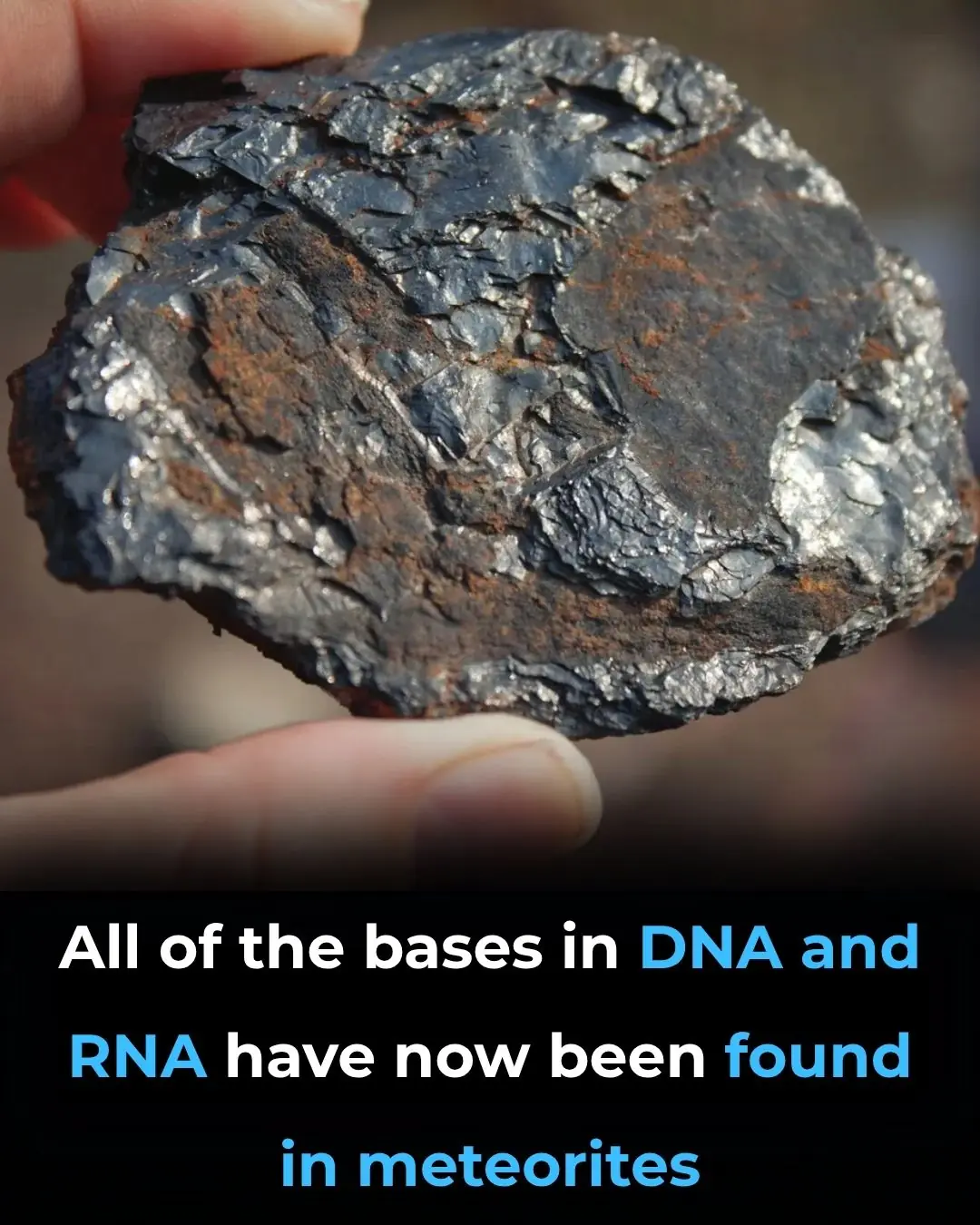
All DNA and RNA Bases Found in Meteorites: Life’s Origins May Be Cosmic

Did You Know? A Spider in Your Home Could Be a Powerful Sign

Which Chair Would You Choose

Why some men cheat but choose to stay in their marriage — the truth few understand
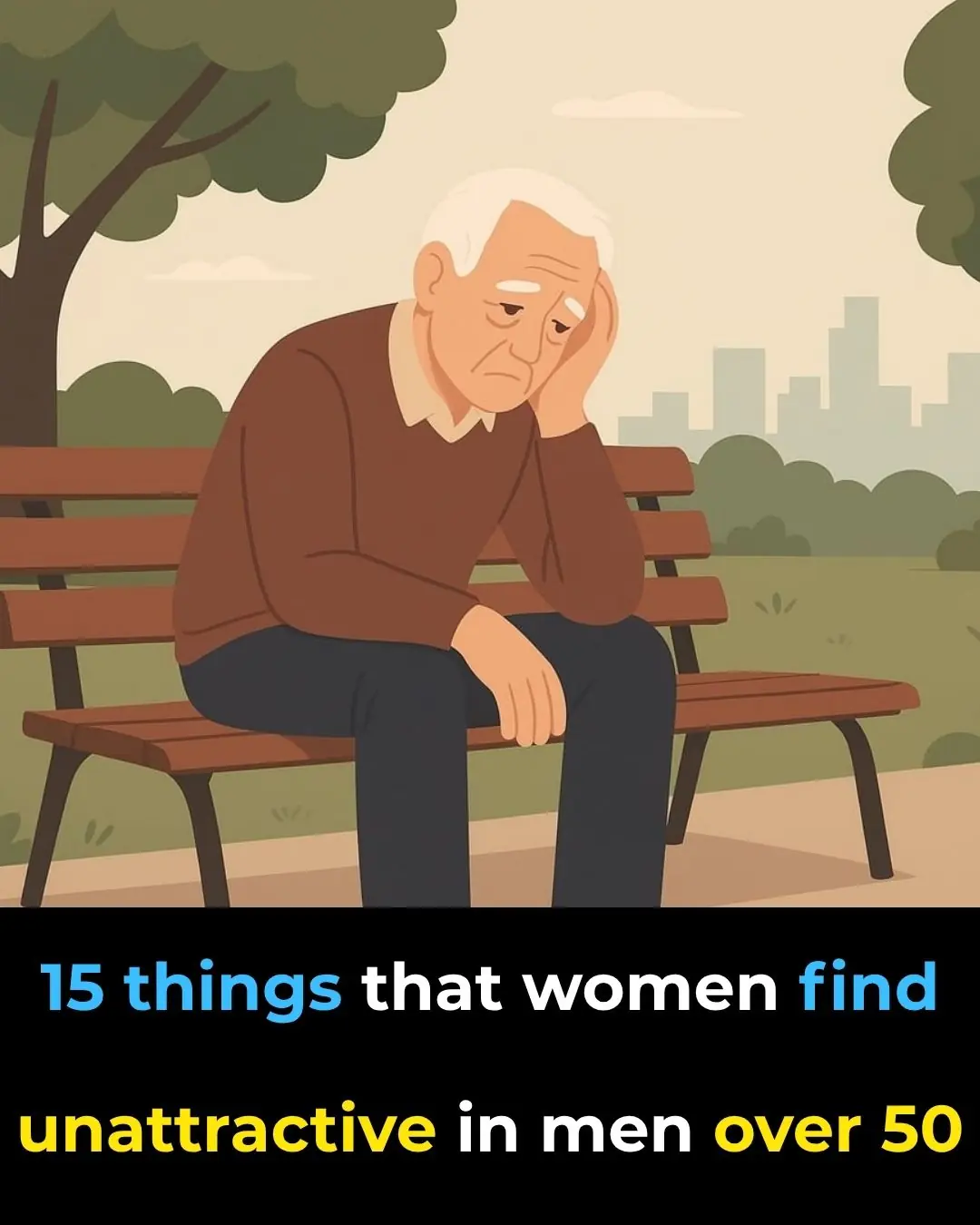
Things that make men instantly unattractive

Rare Surgery Helps Man See Again After Losing Vision for Twenty Years Using His Own Tooth

These Amazing Aqueducts Built By the Nazca Culture in the Peruvian Desert 1,500 Years Ago Are Still in Use Today

Rare Video Captures 40-Ton Whale Gleefully Leaping Fully Out of the Water

10+ Scandinavian Houses With Green Roofs Look Straight Out Of A Fairytale

I Captured The Beautiful Winter In The Northern Part Of Sweden
News Post

The Man Who Remembers Hunger: Why One Act of Kindness Matters.

The Little Elephant Who Was Born Different: A Pink Calf in the Wild

When Love Has No Address: A Man and His Dogs

A Boy, a Soldier, and an Umbrella: A Timeless Gesture of Respect

Purslane: The Superfood That Tastes Better Than Meat – 7 Reasons to Grow It in Your Garden

Don't Throw Old Tomatoes in the Trash.Turn them into flavorful tomato powder.

Banana Blossom: Health Benefits, Recipes, and Uses

Onion, Garlic, and Olive Oil Remedy for Varicose Veins: Natural Treatment and Benefits

The Photo of the Year: A Glimpse of Courage the World Must Not Forget

7 Surprising Benefits of Euphorbia Hirta

How to Regrow Food in Water: 10 Foods that Regrow Without Dirt

Firefighters Save Trapped Fawn from Storm Drain, Reuniting It with Nature

10 benefits of pigweed

Wild Lettuce Sap: Benefits and Uses

When “Just a Dog” Becomes the Difference Between Life and Death

Teddy’s Hug: A Rescue Story of Unbreakable Love

Benny’s Redemption: A Journey from Loneliness to Love

Man has stroke after bathing right after meal: 3 mistakes you shouldn’t make

Redemption in Yarn and Paws: How a Cat Gave My Brother Back His Life
